
Reinhard Lengauer delivers beer from brewery Braucommune Freistadt
Report
For 13 years truck driver Reinhard Lengauer has been delivering beer. He drives a light green Antos 2543 for the brewery Braucommune Freistadt.

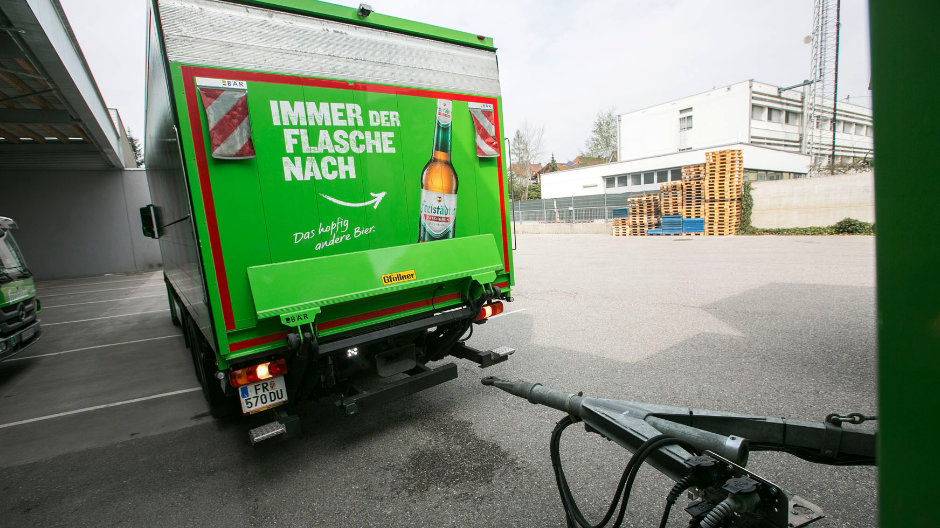
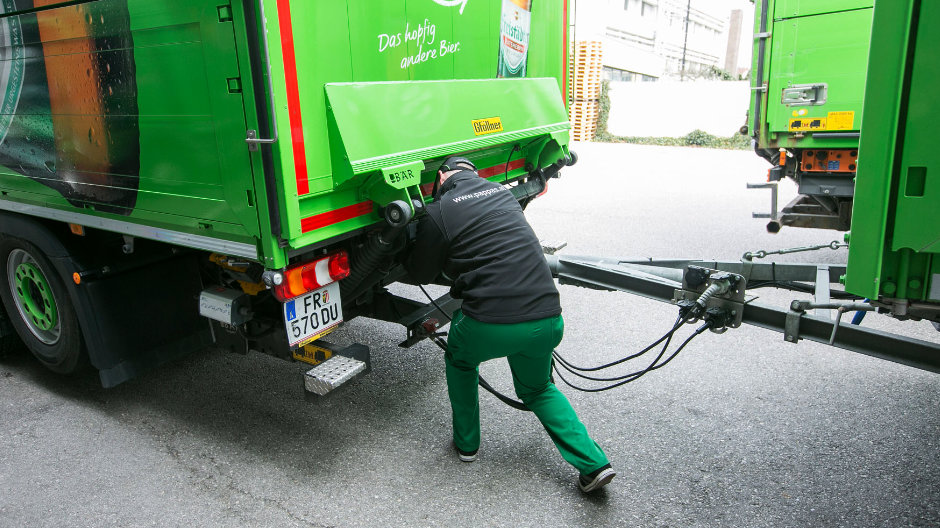
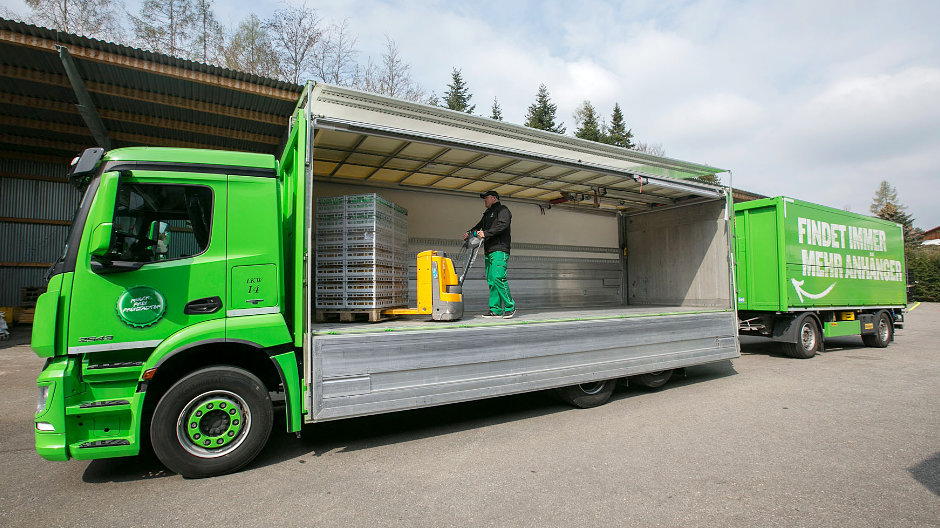
His colleague lifts pallets full of beer crates on to the loading area of the trailer using a forklift truck. Reinhard Lengauer then uses his electric pallet truck to put them in the right position on the load area. He has attached the delivery note to the inside of the trailer. He conscientiously inspects the freight and checks off the individual positions.
“We've got enough crates now,” he calls to the forklift truck driver. “Now 60 sets of beer tables and benches.” A few minutes later the truck is loaded with beer kegs, bar tables, bar counters and refrigerators.
Beer for an in-house exhibition in Reichenau.
Reinhard carefully looks at the freight, checks off the last position on the delivery note and closes the dropside. For 13 years now the 42-year old has been loading his truck on weekdays with Rotschopf, März’n or Ratsherrn premium beers before setting off to customers. For the first eleven years he had the same tour to restaurants and public houses.
Today, as the captain of a semitrailer he enjoys more variety: early in the morning he was on the road in another part of the state, in-between he took several kegs to the brewery restaurant only a few hundred metres away – and now the little town of Reichenau in the Mühlkreis region is his destination. A dealer in agricultural machinery has planned an in-house exhibition there with hundreds of visitors. And of course they want to be well-catered for – preferably with beer from the region.
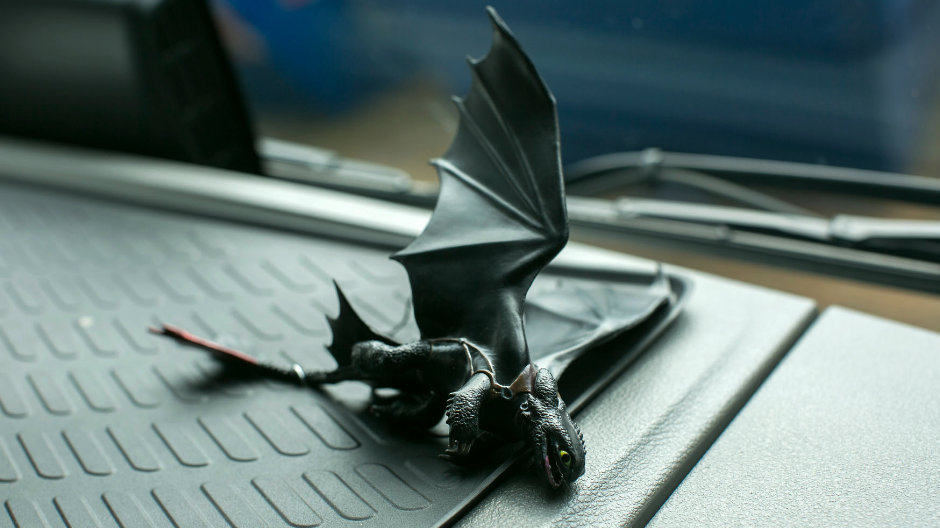
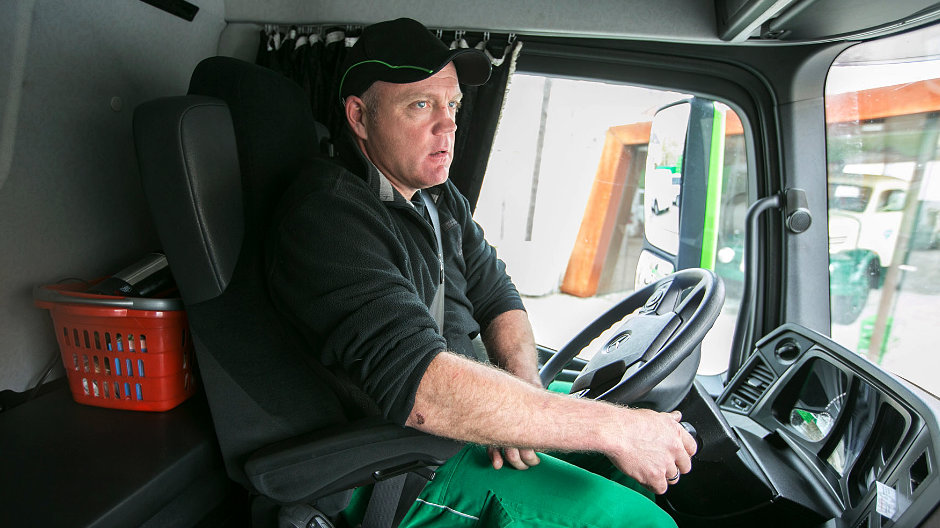
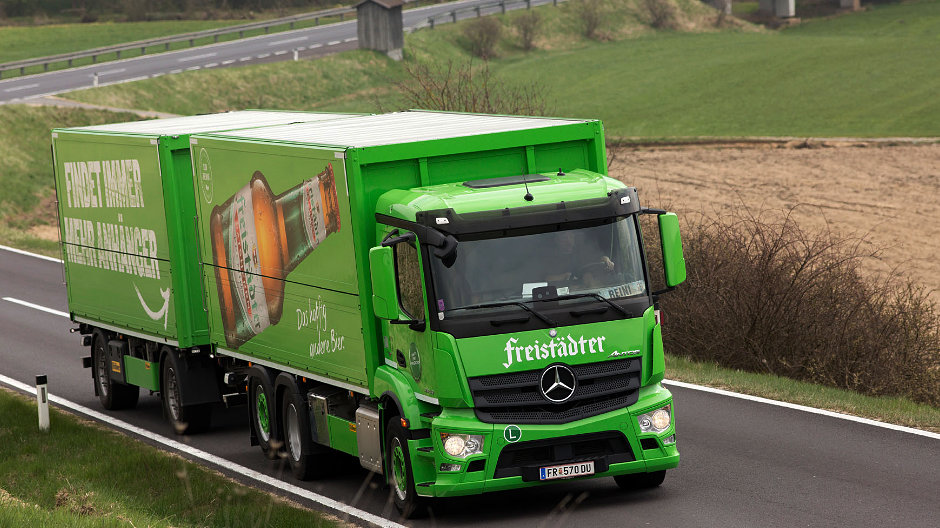
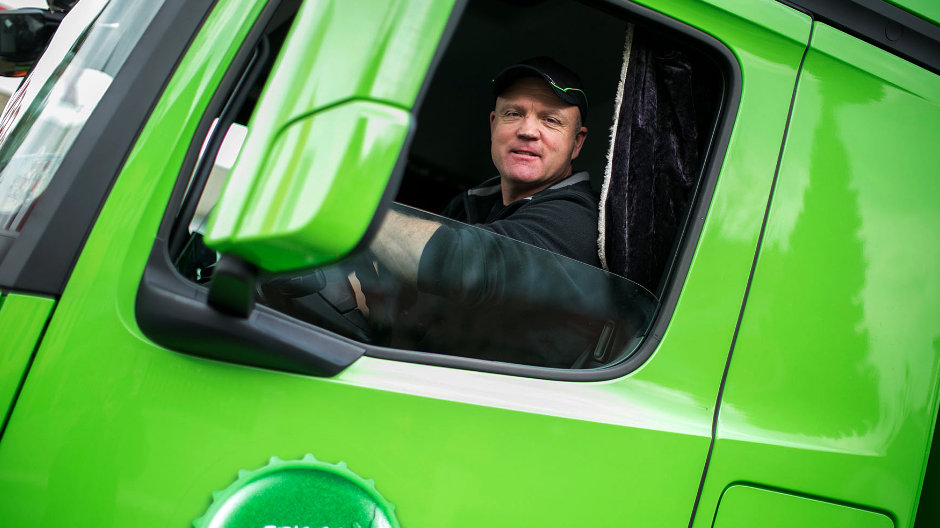
Hundreds of years of brewing tradition.
When Johannes Leitner talks about beer you can sense his enthusiasm and his passion for the thousand-year history of the hops brew. The master brewer from the brewery in Freistadt proudly explains the origins of “Braucommune Freistadt” which will be celebrating its 250th anniversary in 2020. In Freistadt, beer-brewing goes back several hundred years: in 1363 Duke Rudolf IV granted the citizens of Freistadt the privilege of brewing and serving beer in their own homes. Then, in 1770, 149 citizens with authorisation to brew joined forces to form the brewing cooperative “Braucommune Freistadt” and opened up a large brewery outside the town walls. Today, the rights and obligations granted to the co-operative at the time remain unchanged: even now the “brewing co-operative” is still privately owned by 149 citizens. It is now the only remaining company in Europe whose legal form is this type of cooperative.
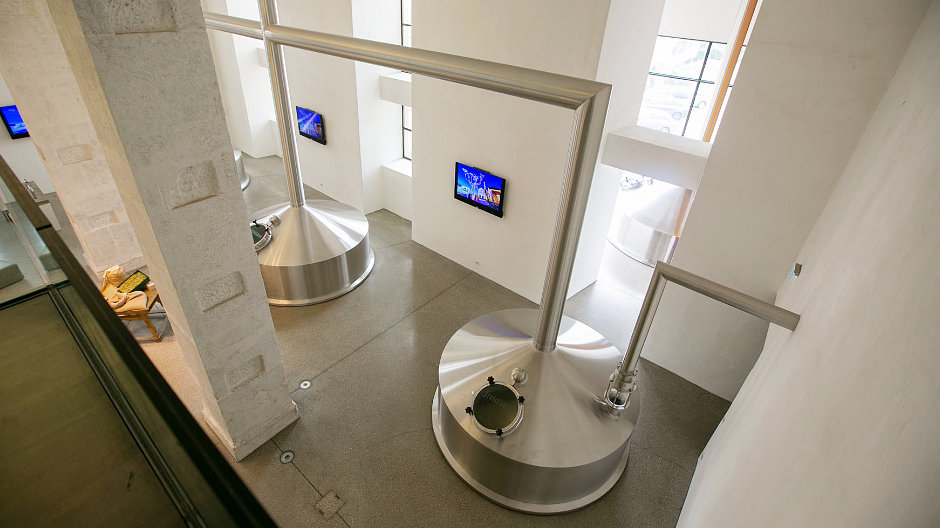
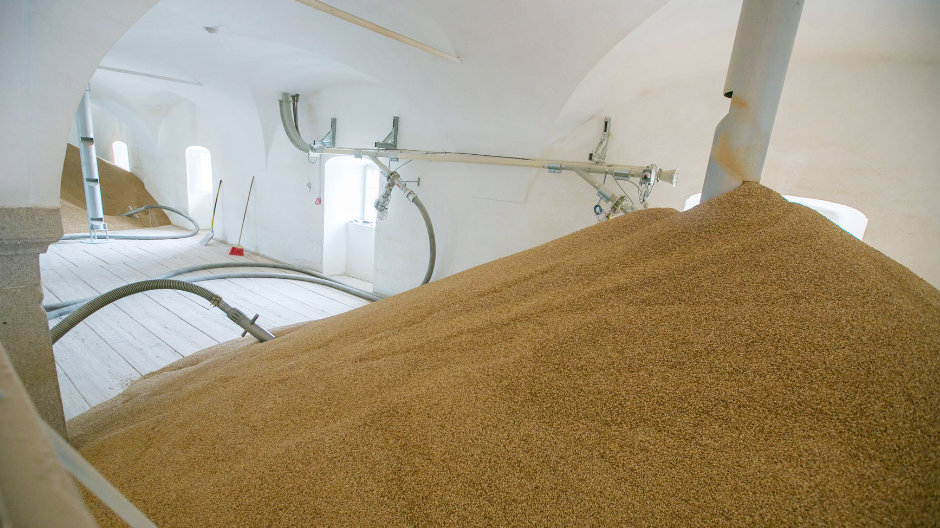
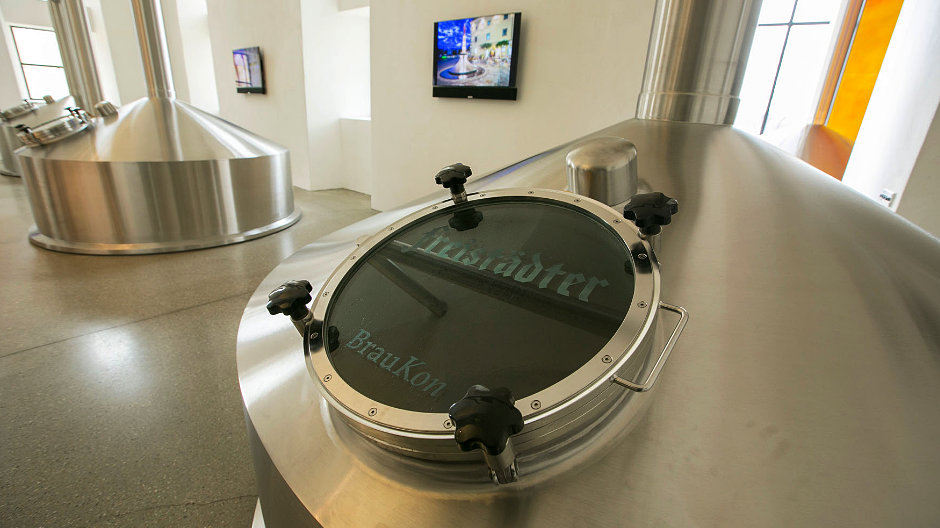
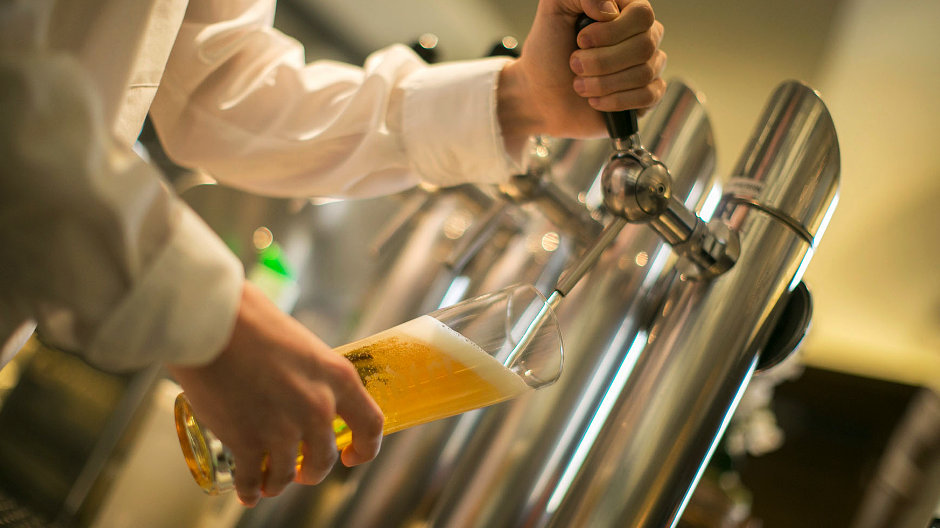
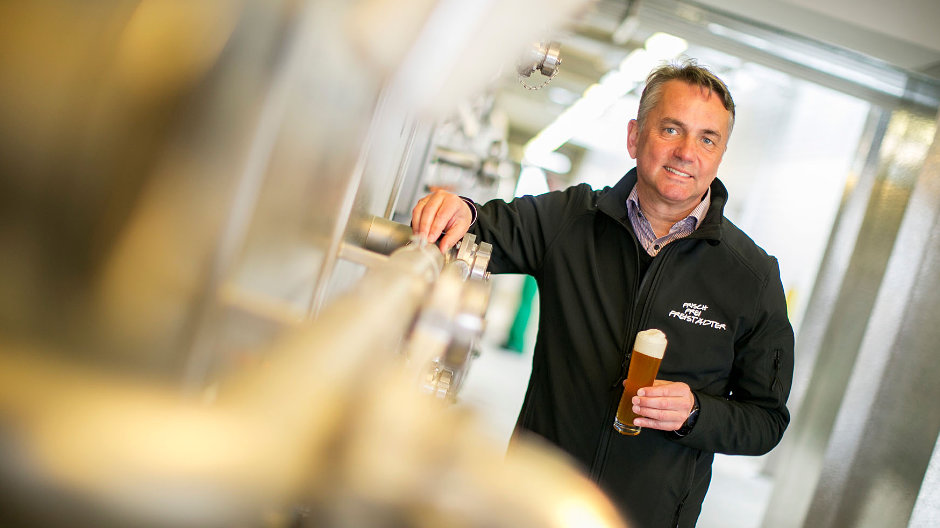
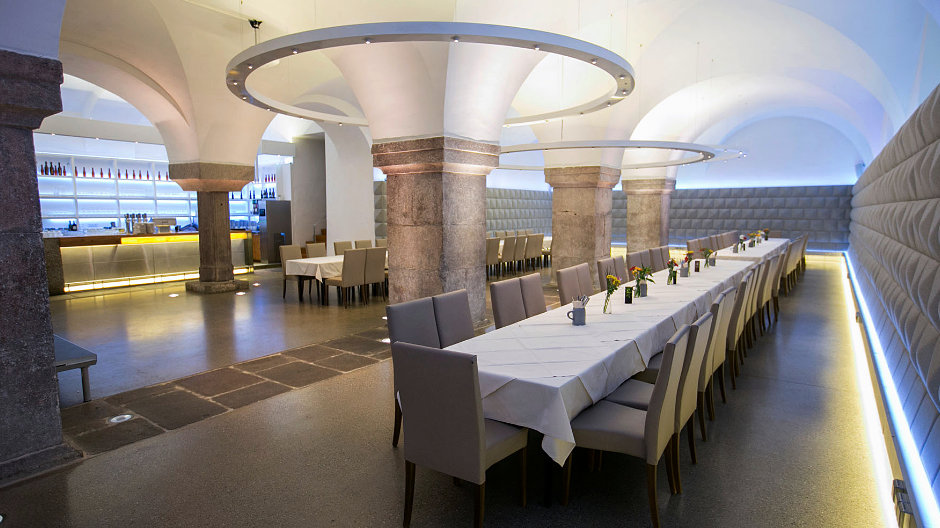
On the road in a light-green Antos.
Reinhard Lengauer sets off from the brewery in the direction of Reichenau via the Böhmerwald road. “With its 315 kW, the Antos is tailor-made for the hilly landscape here,” he says, “it runs perfectly.” Is there anything he doesn't like about his truck? “On the contrary,” the Austrian says, adjusting his cap. “The Antos is a most rewarding vehicle – I couldn’t imagine anything better. It makes being on the road fun.”
The fleet is growing.
The brewery's fleet comprises a total of 14 trucks and most of them bear the star. Why? “That’s easy: quality, price-performance ratio and service all fit,” says Josef Tröbinger, head of logistics. “And this three-axle truck is exactly the right sized vehicle for us. That makes the decision easy.”
Soon two other Mercedes will be brought into service, increasing the fleet to a total of 16 vehicles. “The new vehicles are a definite necessity,” says Johannes Leitner, enthusing again as our visit draws to a close.
“While the domestic beer market is more or less stagnating, we have been delighted with two-figure growth rates in past years.”
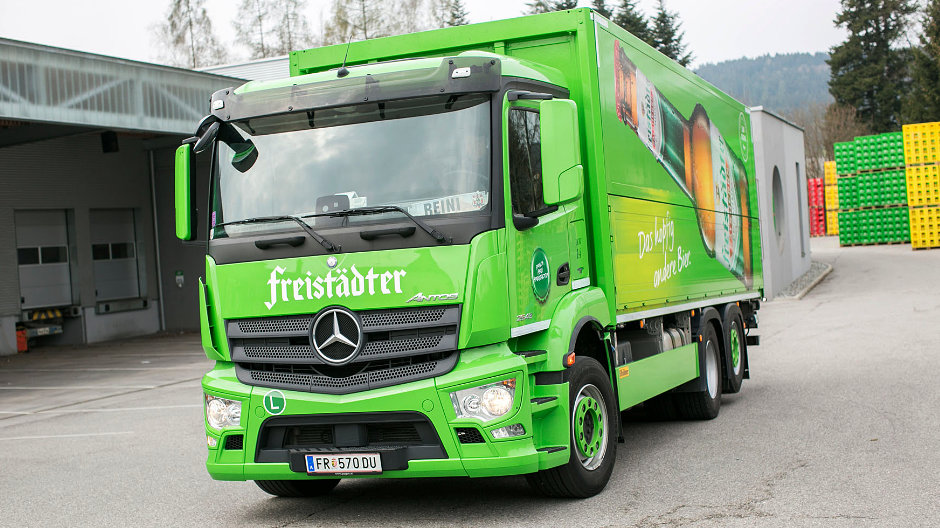

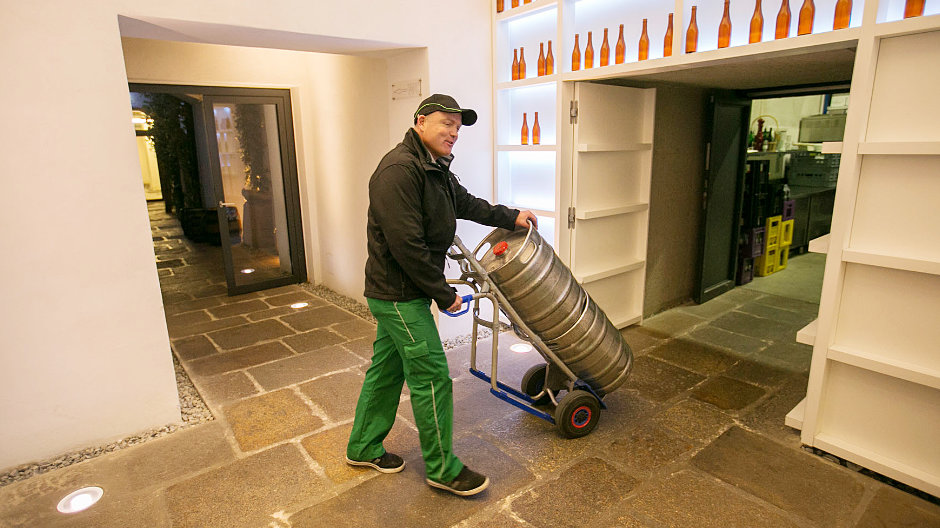
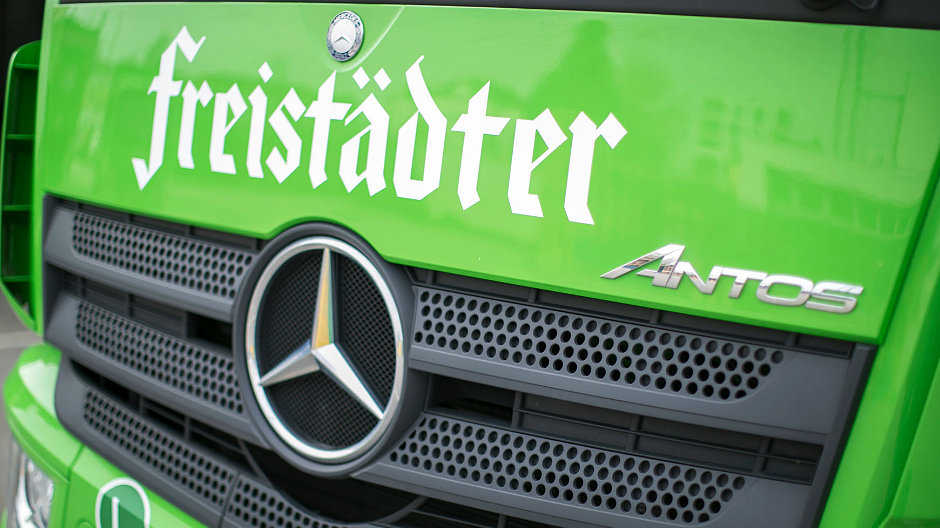
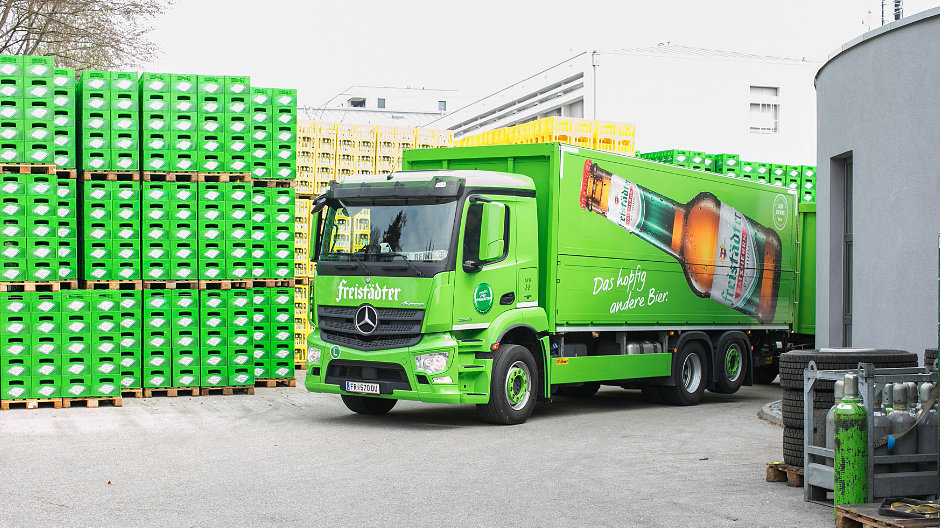
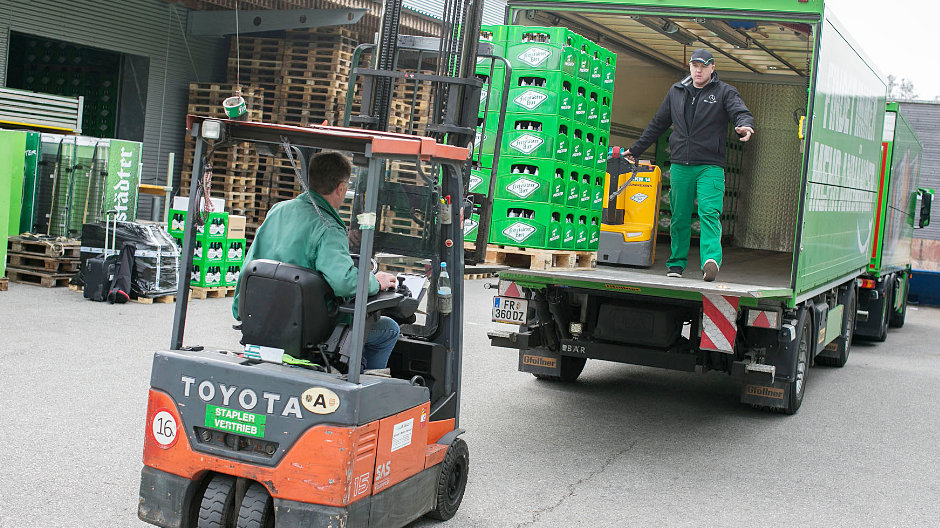
More than 1000 types of beer in Austria.
But for the master brewer another development which affects not only his brewery but rather society as a whole is almost more important: “Beer often used to have a bad reputation and was seen as inferior to wine. That has since changed: today we have more than 300 breweries and around 1000 types of beer in Austria. In restaurants, beer sommeliers explain the difference between individual sorts and people discuss not only the correct sequence of dishes but also the correct sequence of beers. Beer has developed from being simply a thirst quencher to become a cultural asset. Which is very helpful for us as a quality brewery.”
Figures – data – facts.
2500 tons of brewing barley from the controlled farming of the Zistersdorf producer group (Weinviertel) are processed for Freistadt beer annually.
Every year, the brewery needs 15,000 kilogrammes of hops to produce its beer. All of the hops come exclusively from the Mühlviertel region.
60,000 cubic metres of spring water from the Mühlviertel region are incorporated in the Freistadt art of brewing each year.
110,000 hectolitres of beer are produced annually in the Upper Austrian brewery and 56,000 barrels, 400,000 six-packs and one million crates are delivered to customers.
Photos: Bubu Dujmic




Comment
Please log in to post a comment.
2 comments